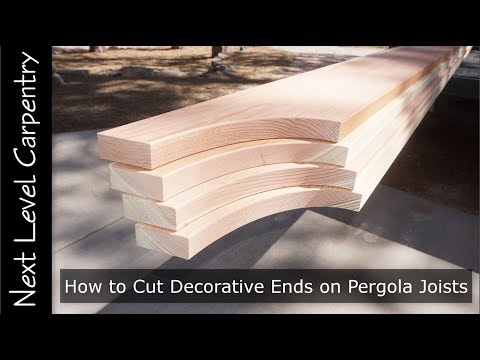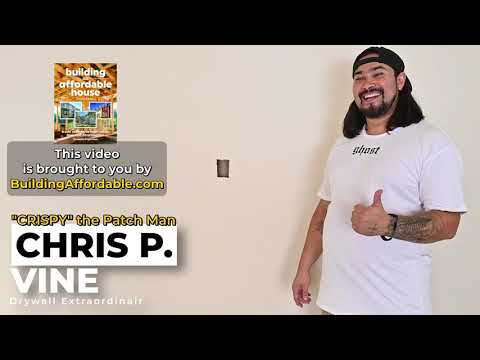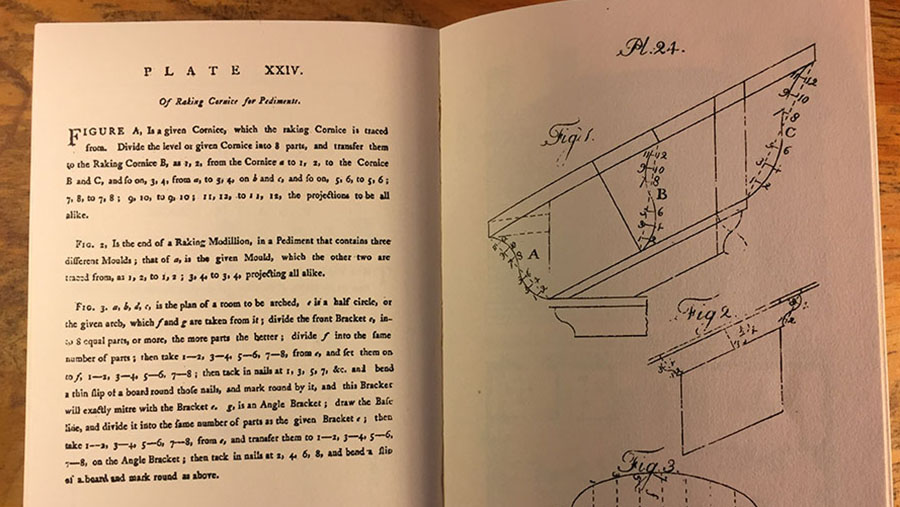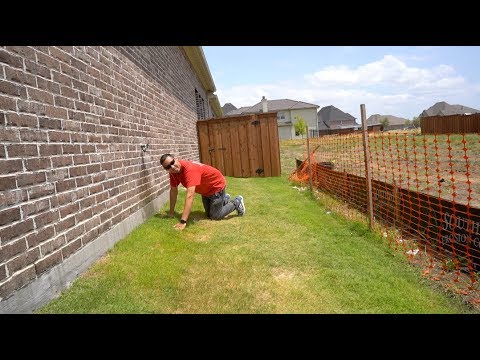Magic glue and a free paint stick amount to a board-stretcher for your crown molding
Cyanoacrylate glue cures into a strong bond within seconds. Coupled with a perfectly-sized backer piece, it can double the length of crown molding.
Richard fesses up that his tip is not that cool, right upfront.
"Now, I'll admit, it's really not that cool, but it is very helpful."
—Richard McMurray, DFW Crown Molding
Richard uses a paint stir stick—five-gallon sticks are best because they are thicker and therefore more ridged—as a backing piece on a glued splice joint when he needs crown molding that is longer than 16-feet.
Basically, he glues two pieces of crown molding together so that he can hang extended runs in one- piece. This is always going to give a better joint than gluing it after it is nailed at the top of the wall.
He used to use a 22-degree scarf joint, but switched to a straight butt joint because there really is not much less gluing area, and this backer stick will strengthen the joint so as to never come apart.
"I'd be willing to put a substantial amount of money on that if I had a substantial amount of money."
He glues up the joint on the sidewalk because it is long and flat. The critical spot is where the joint will be.
He protects the sidewalk from glue squeezeout with masking paper, which can be torn off the back later.
He applies glue to the shorter piece (because it is easier to handle) and sprays the longer piece with the accelerator.
Also, he uses an extra-thick glue formulation so that it won't run down the splice while he's spraying the opposite piece of crown molding.
Glue the pieces together CAREFULLY.
"What you do here determines how much you're going to sand later. You're going to have to sand no matter what, but it can be minimal sanding or a lot of sanding."
Rather than flipping the crown molding over with the face on the sidewalk—which he points out is roughly equivalent to 80-grit sandpaper—he lays another piece onto its face (face to face) and then rolls it over onto the back of the mating piece.
Lay the paint stick roughly centered on the seal (left to right and top to bottom). For small crown molding runs that are not extremely long, you can cut the paint stick in half. In this instance, it is a long piece of wide crown molding, so he uses the whole stick.
Trace the outline of the paint-stick on the back of the crown molding. This is where the glue goes.
Apply glue to the crown molding and accelerator to the backing stick.
With the joint glued, you can install the extra-long piece of crown molding onto the wall.
—Richard McMurray, a native Texan from Fort Worth, started DFW Crown Moulding Co. with one thing in mind. “Professional Results.”











